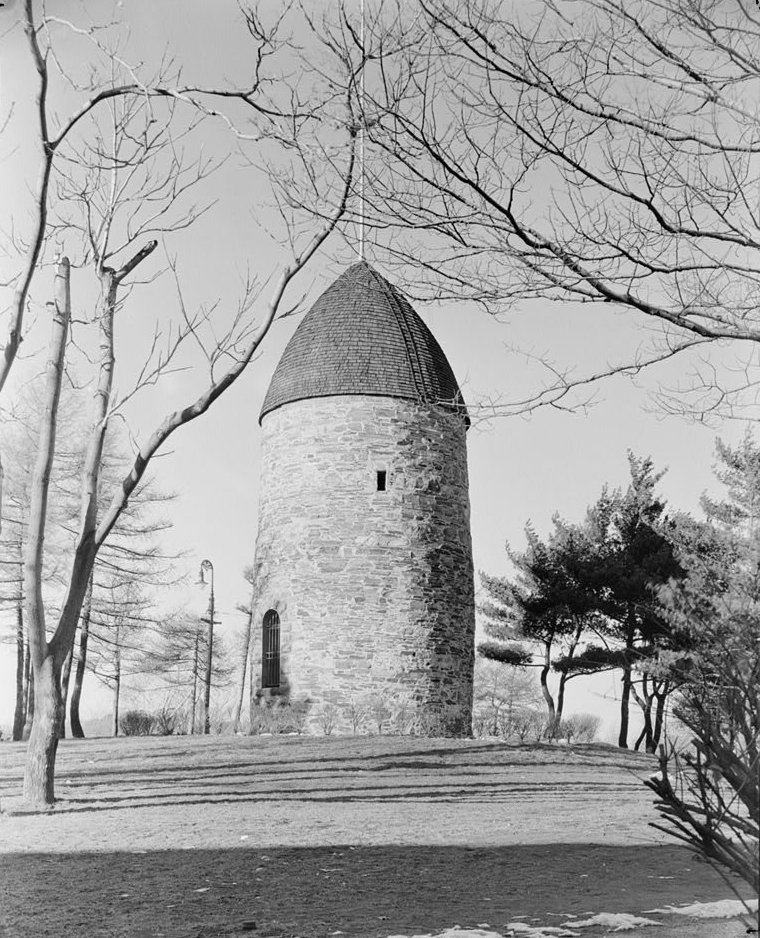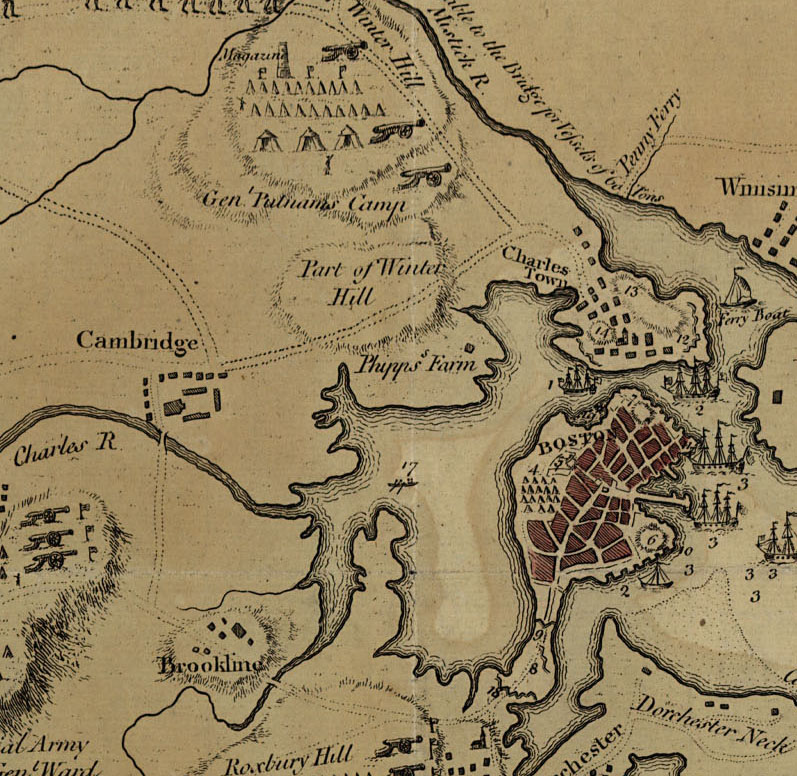Authors:
Historic Era: Era 3: Revolution and the New Nation (1754-1820s)
Historic Theme:
Subject:
Summer 2024 | Volume 69, Issue 3


Authors:
Historic Era: Era 3: Revolution and the New Nation (1754-1820s)
Historic Theme:
Subject:
Summer 2024 | Volume 69, Issue 3

There are dozens of places you could begin a time-traveling journey through the Revolutionary War. I chose a 300-year-old stone tower in Somerville, Massachusetts that looks like a giant bullet. Why? Because what happened there on September 1, 1774 could have sparked the war seven months early and kept the towns of Lexington and Concord out of the history books.
The Powder House rose 30 feet above a small hilltop in Nathan Tufts Park, which is across a nasty traffic circle from the Tufts University campus. “Dogs Must Be Leashed at All Times,” a park sign warned, but, true to their revolutionary heritage, most dog walkers ignored it. A street-level marker told passersby that the tower was built as a windmill around 1703, repurposed as a storage space for gunpowder, and “rifled by General Gage of the colony’s powder on 1 September 1774”—which was fine, as far as it went, assuming that people knew that Thomas Gage was then the military governor of Massachusetts and that gunpowder was a scarce commodity at the time. But it said nothing about the story I had come to pursue, which was about what resulted from Gage’s powder-rifling venture.
Back up the hill I went to look harder.
Only then, gazing at the Stars and Stripes waving from the Powder House’s conical top, did I notice an ancient metal marker—high off the ground and so close in color to the surrounding stone that it blended in—which added some tantalizing detail. Gage had seized 250 half-barrels of powder, it said, and “thereby provoked the great assembly of the following day on Cambridge Common, the first occasion on which our patriotic forefathers met in arms to oppose the tyranny of King George III.”
Tantalizing, but inadequate!
Which patriotic forefathers would we be talking about here? Met in arms? What exactly happened in Cambridge on September 2, 1774?
If I wanted to understand the incendiary confrontation soon to be known as the Powder Alarm, I figured, it was time to take a Cambridge walk with a man who lives the Revolution every day.

The first thing one notices about the proprietor of Boston 1775—a blog with the tagline: “History, analysis, and unabashed gossip about the start of the American Revolution in Massachusetts”—is the pair of 19th-century-style sideburns that threaten to rendezvous under his chin. Otherwise, he looks like a well-groomed graduate student: jeans;